C1649
Cardiolipin solution from bovine heart
4.7-5.3 mg/mL in ethanol, ≥97% (TLC)
Synonym(s):
Diphosphatidylglycerol solution
About This Item
Recommended Products
biological source
bovine heart
Quality Level
Assay
≥97% (TLC)
form
liquid
packaging
glass bottle of
concentration
4.7-5.3 mg/mL in ethanol
color
colorless to yellow
application(s)
general analytical
lipidomics
metabolomics
functional group
phospholipid
lipid type
phosphoglycerides
shipped in
dry ice
storage temp.
−20°C
Looking for similar products? Visit Product Comparison Guide
Related Categories
General description
Application
- for coating Corning 96-well enzyme immunoassay/radioimmunoassay (EIA/RIA) plate to perform enzyme-linked immunosorbent assay (ELISA)-based cardiolipin binding assay
- in lipid analysis along with phosphatidylglycerol (PG) to comigrate the radiolabeled lipids to identify PG and cardiolipin (CL)
- in coating ELISA plates for antiphospholipid antibodies (aPL) assays
Biochem/physiol Actions
Features and Benefits
- High-quality molecule suitable for mulitple research applications
- Commonly employed in Metabolomics and Biochemical studies
Other Notes
Physical form
Signal Word
Danger
Hazard Statements
Precautionary Statements
Hazard Classifications
Eye Irrit. 2 - Flam. Liq. 2
Storage Class Code
3 - Flammable liquids
WGK
WGK 2
Flash Point(F)
55.4 °F - closed cup
Flash Point(C)
13 °C - closed cup
Certificates of Analysis (COA)
Search for Certificates of Analysis (COA) by entering the products Lot/Batch Number. Lot and Batch Numbers can be found on a product’s label following the words ‘Lot’ or ‘Batch’.
Already Own This Product?
Find documentation for the products that you have recently purchased in the Document Library.
Customers Also Viewed
Our team of scientists has experience in all areas of research including Life Science, Material Science, Chemical Synthesis, Chromatography, Analytical and many others.
Contact Technical Service
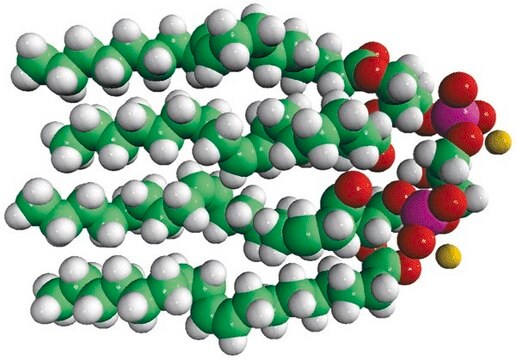

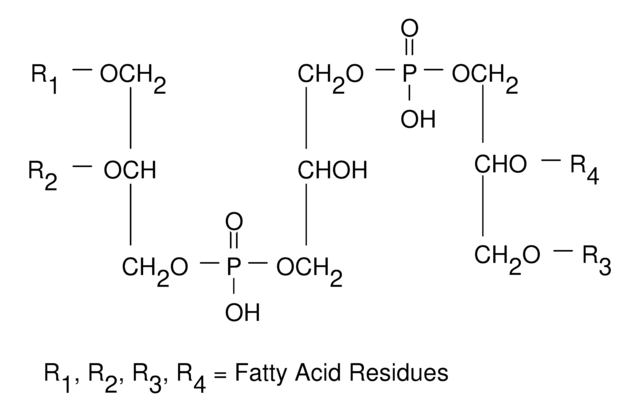






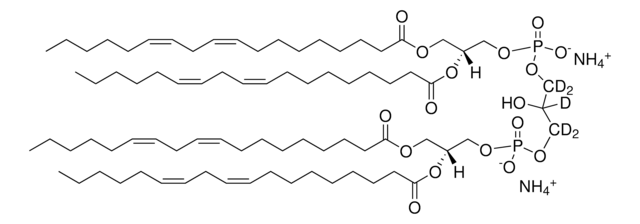
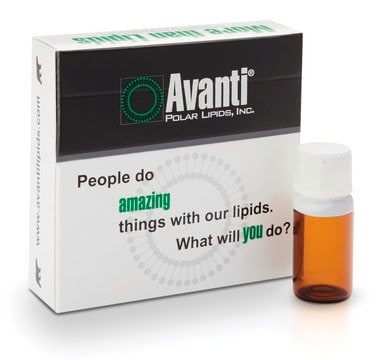
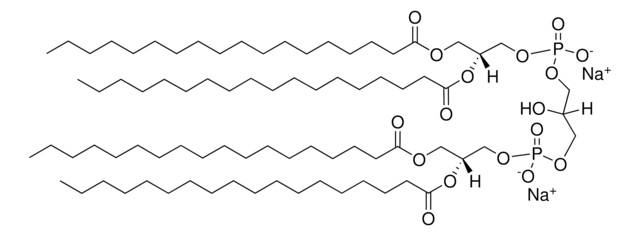
![14:0 Cardiolipin (sodium salt) 1′,3′-bis[1,2-dimyristoyl-sn-glycero-3-phospho]-glycerol (sodium salt), chloroform](/deepweb/assets/sigmaaldrich/product/images/390/523/992bed4e-3608-4209-aa6e-fa9206a4a31b/640/992bed4e-3608-4209-aa6e-fa9206a4a31b.jpg)